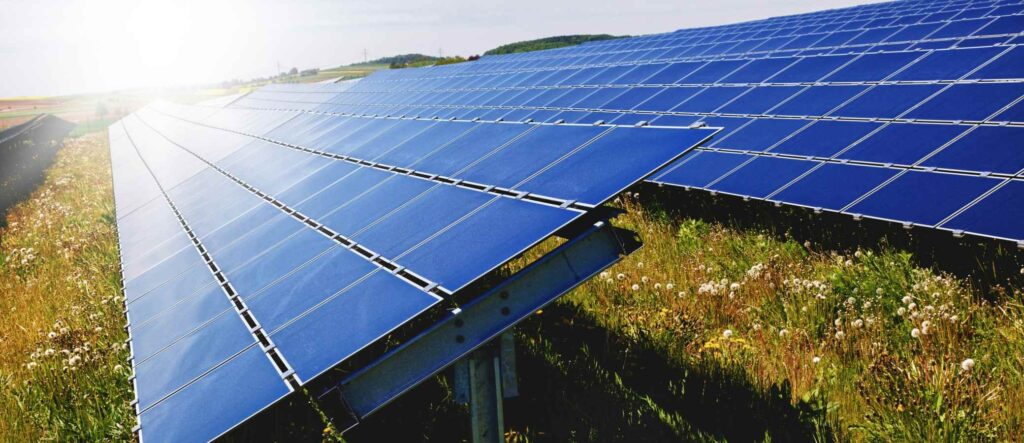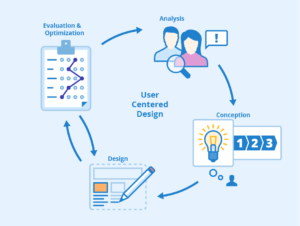Navigating Concerns Over Over-Concentration of Clean Energy-Balancing Act

Balancing Act Navigating Concerns Over Over-Concentration of Clean Energy
Introduction
The global shift towards clean and renewable energy sources is a critical response to the challenges of climate change and environmental sustainability. However, the rapid growth and over-concentration of clean energy installations have sparked concerns among experts and policymakers. In this article, we delve into the issue of over-concentration in the clean energy sector, exploring its causes, potential consequences, and strategies to achieve a balanced and resilient energy landscape.
The Rise of Clean Energy: A Double-Edged Sword
Clean energy, including solar, wind, hydro, and geothermal power, has emerged as a promising solution to reduce greenhouse gas emissions and combat the effects of climate change. As nations strive to meet their renewable energy targets, the clean energy sector has witnessed remarkable growth and investment. However, this rapid expansion has led to unintended consequences, including the over-concentration of clean energy installations.
Causes of Over-Concentration
- Resource Availability:Some regions have an abundance of specific clean energy resources, such as strong wind or ample sunlight, leading to concentrated development in these areas.
- Incentive Programs:Government incentives and subsidies for clean energy projects can lead to clustering in specific regions or countries, as developers seek to maximize returns.
- Infrastructure:Existing infrastructure and transmission networks may be concentrated in certain areas, making it more economically viable to establish new clean energy installations there.
- Economic Considerations:Economic factors, including land availability, property prices, and labor costs, can influence the decision to develop clean energy projects in specific locations.
Consequences of Over-Concentration
- Grid Stability:Over-concentration of clean energy installations in a specific area can strain the local electricity grid, potentially leading to instability and supply challenges.
- Resource Competition:Excessive development of a single type of clean energy, such as wind or solar, can lead to competition for resources, increasing costs and affecting supply chains.
- Environmental Impact:Concentrated clean energy installations can impact local ecosystems, habitats, and biodiversity, potentially leading to unintended environmental consequences.
- Energy Security:Over-reliance on a single energy source or geographic region can compromise energy security, especially in the face of natural disasters or supply disruptions.
- Infrastructure Strain:Local infrastructure, including roads, transportation, and utilities, may not be equipped to handle the influx of clean energy projects, leading to congestion and inefficiencies.
Strategies for Achieving Balance
- Diversification:Encouraging the development of a diverse range of clean energy sources, including solar, wind, hydro, and geothermal, can help distribute the energy generation load more evenly.
- Location Planning:Strategic site selection and planning can ensure that clean energy projects are distributed across different regions, reducing over-concentration risks.
- Technological Innovation:Investing in advanced technologies, such as energy storage solutions and smart grid systems, can enhance grid stability and accommodate higher clean energy penetration.
- Collaboration and Coordination:International cooperation among countries can facilitate the sharing of best practices and resources, promoting a more balanced clean energy landscape.
- Regulatory Frameworks:Governments can implement policies that encourage distributed energy generation and incentivize projects in regions with untapped clean energy potential.
Conclusion
While the rapid growth of clean energy is a pivotal step towards a more sustainable future, the issue of over-concentration underscores the importance of careful planning and balance. As nations strive to reduce carbon emissions and transition to renewable energy sources, it is imperative to consider the potential challenges and consequences of concentrated clean energy installations.
By adopting a multi-faceted approach that includes diversification, location planning, technological innovation, collaboration, and thoughtful regulation, the global community can work towards a resilient and balanced clean energy landscape that not only mitigates climate change but also ensures energy security and environmental harmony.
For More Related Articles Browse Our Website Blogster.pk
For social Connection You can also Visit and follow our Social media Platforms
Facebook , Instagram, Linkedin, Pinterest, Quora, Twitter, Youtube.





